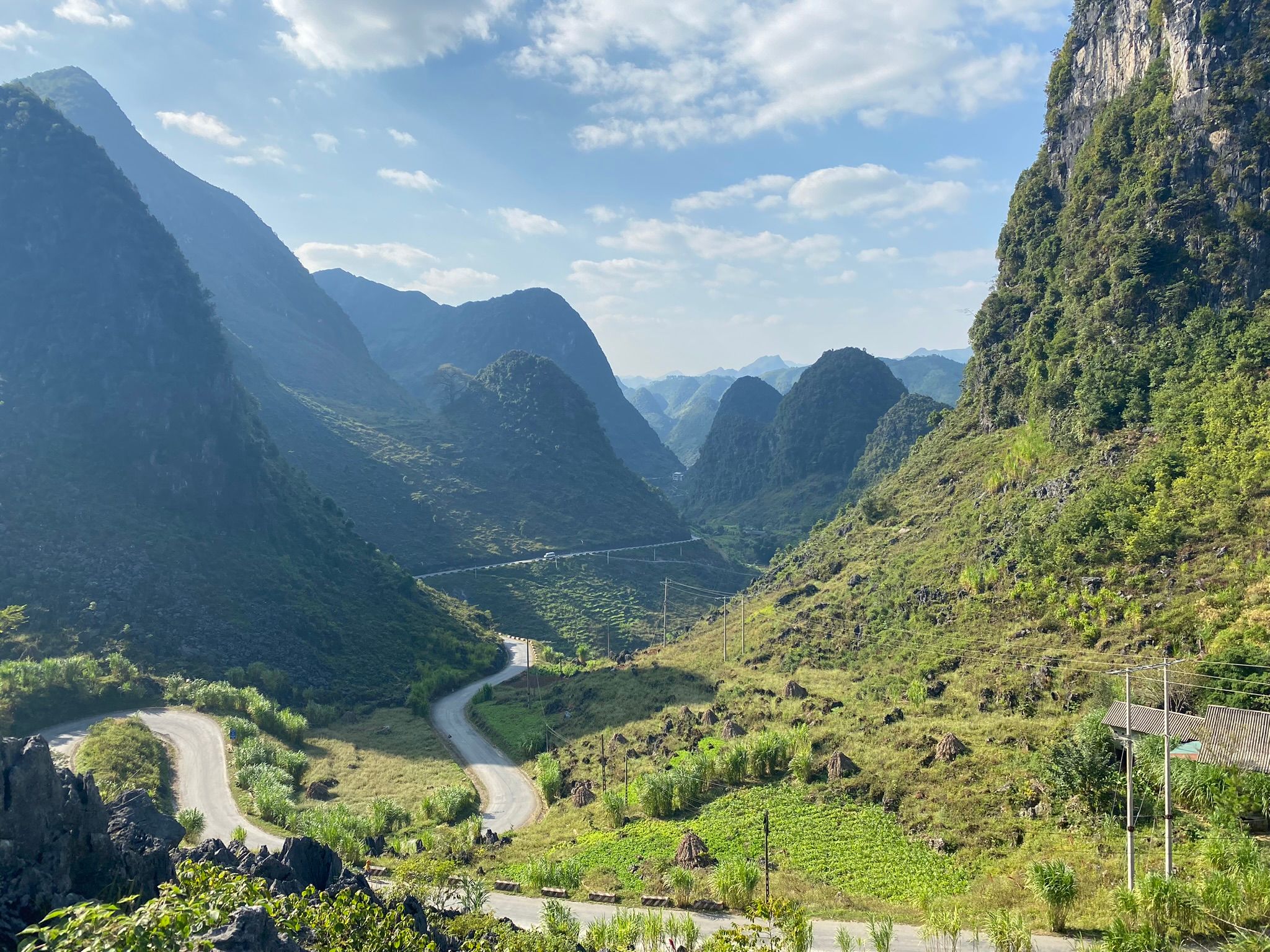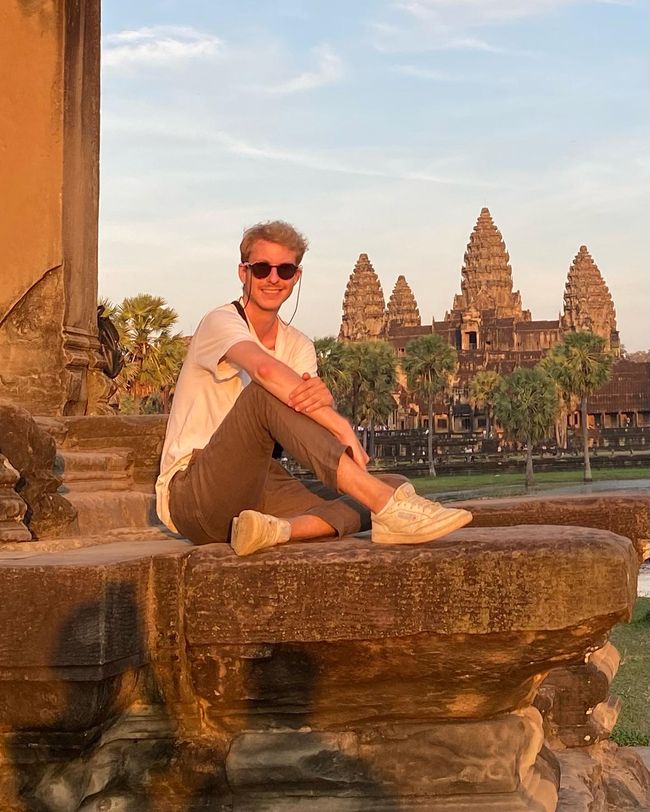10/07/2023 - Unique Nature in Purnululu National Park
Publikovaný: 09.08.2023
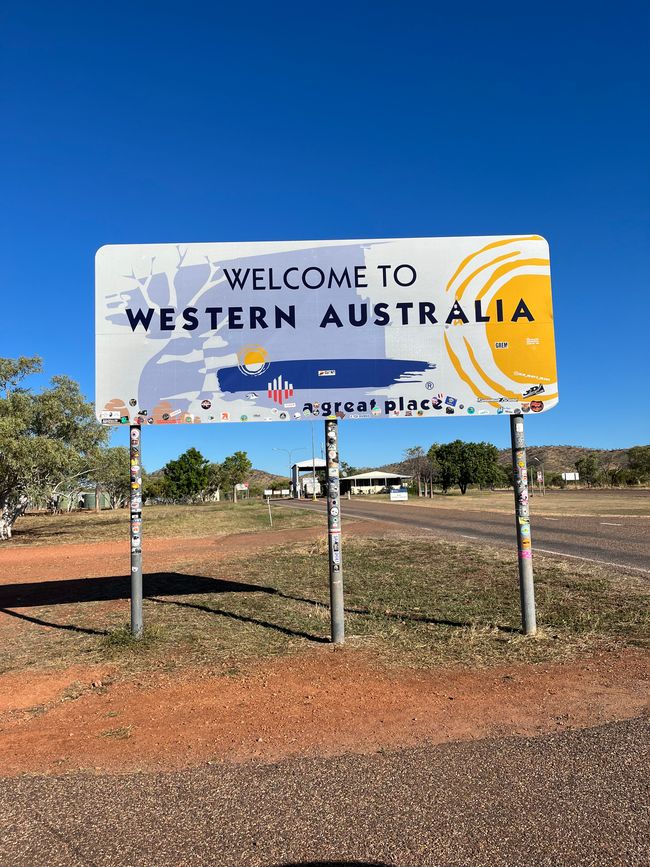
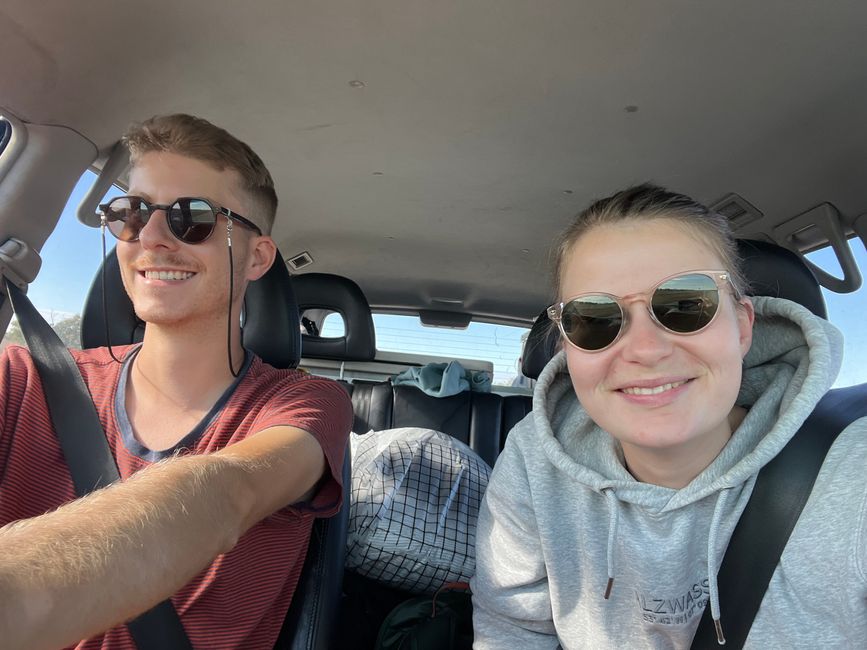
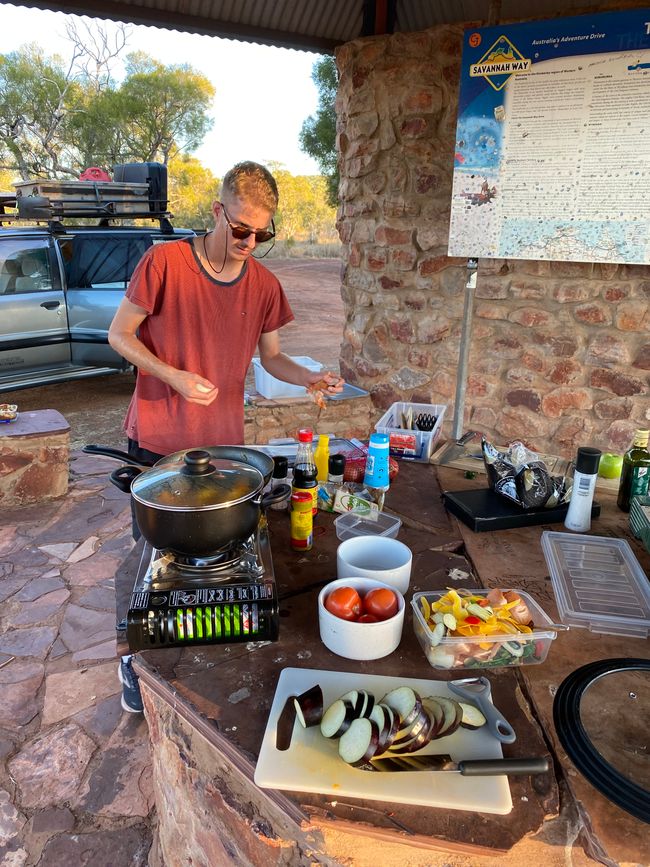
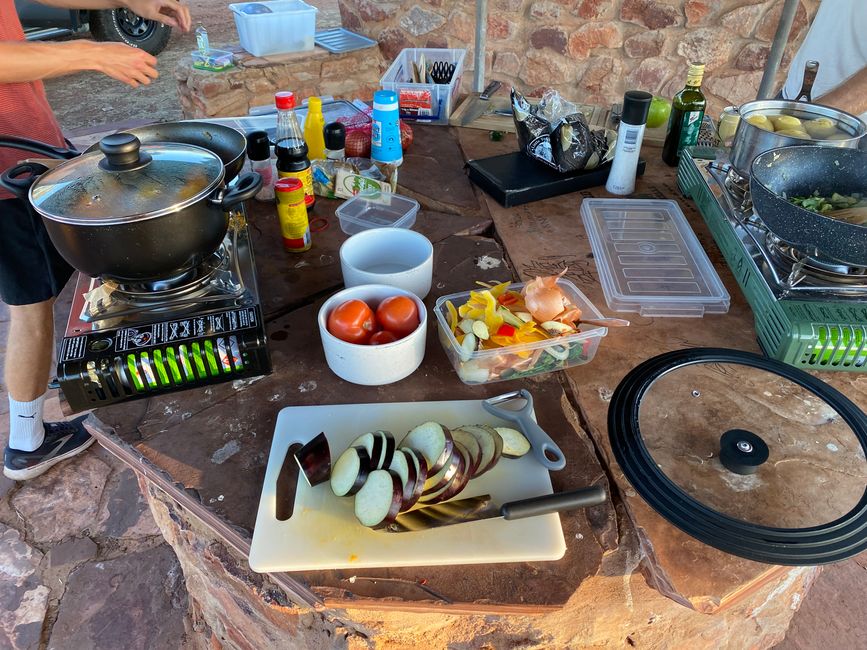
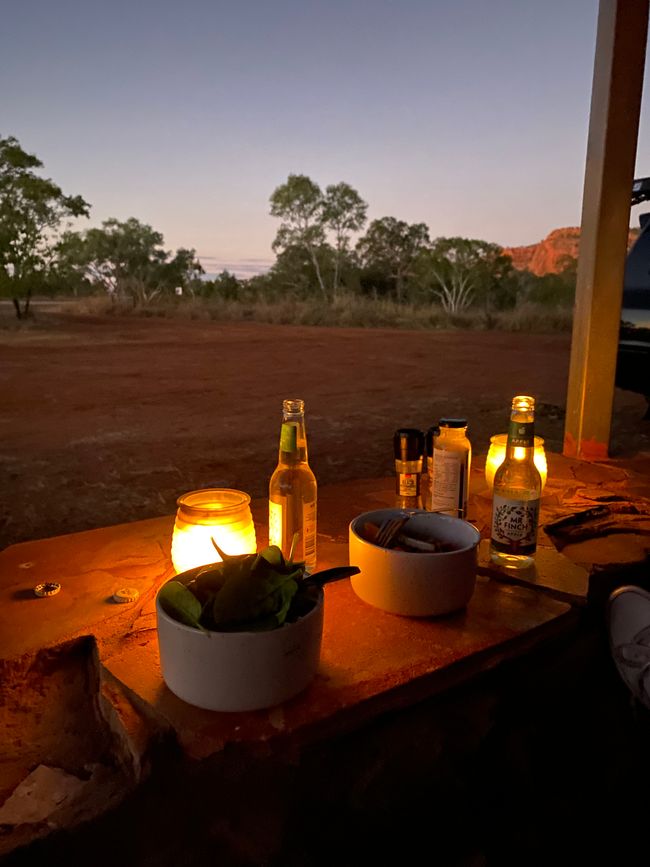
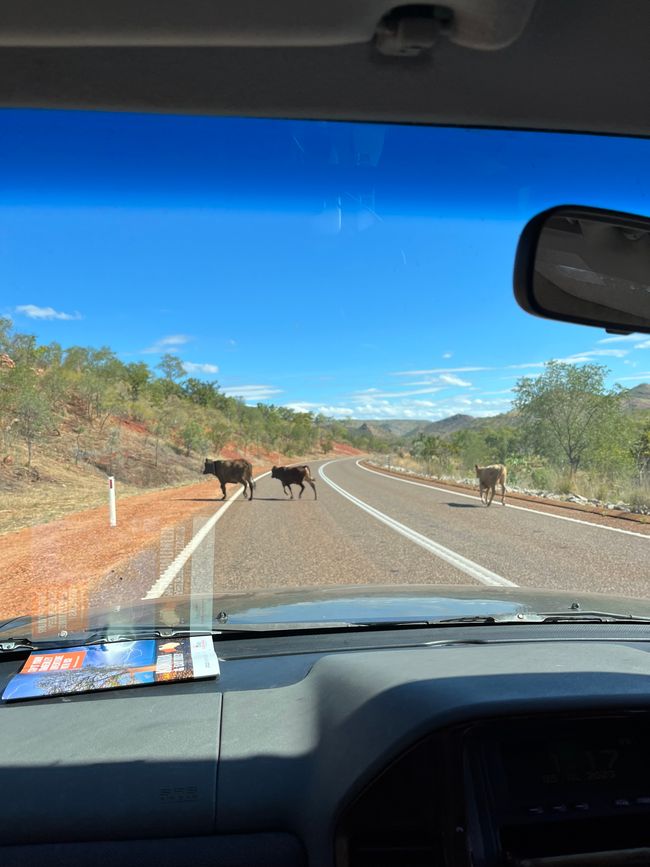
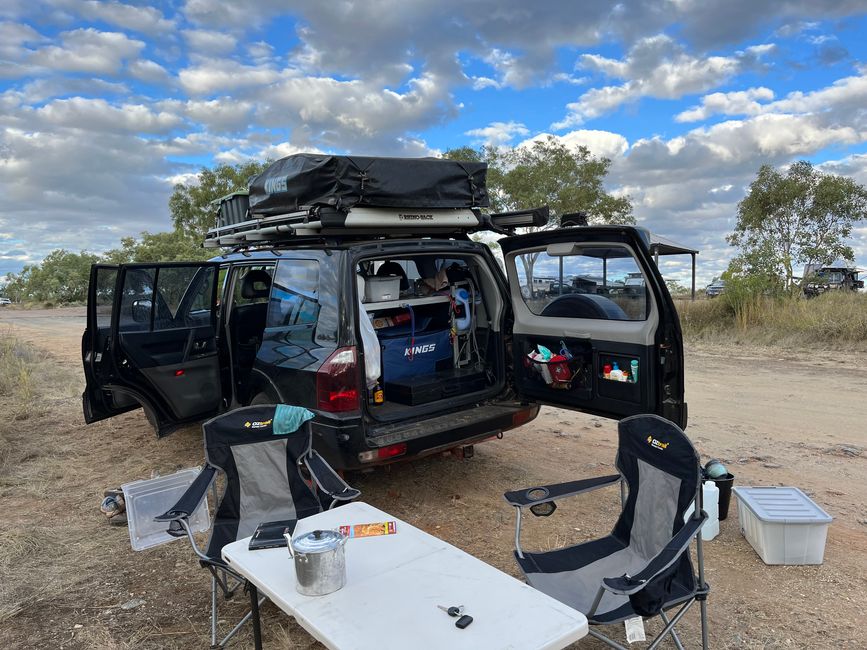
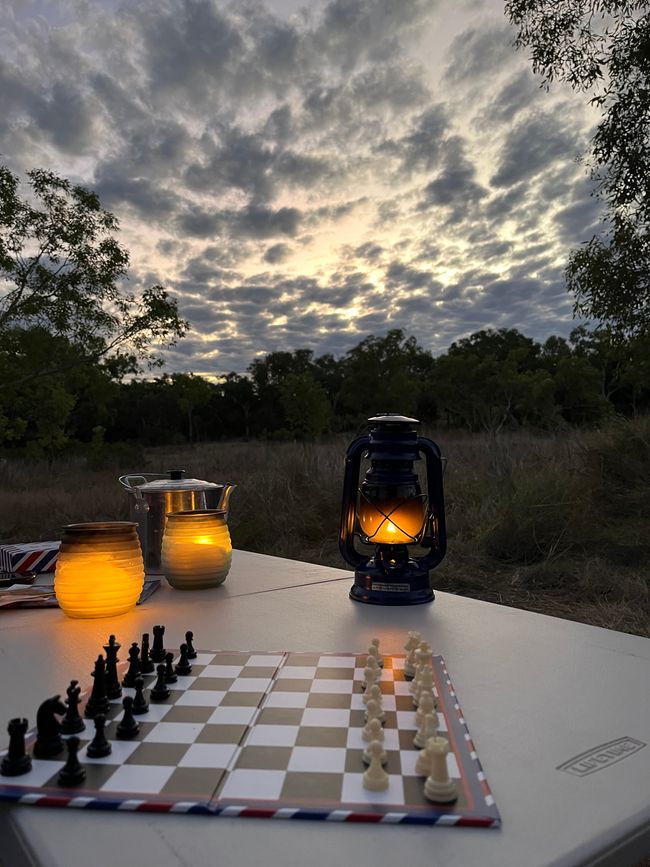
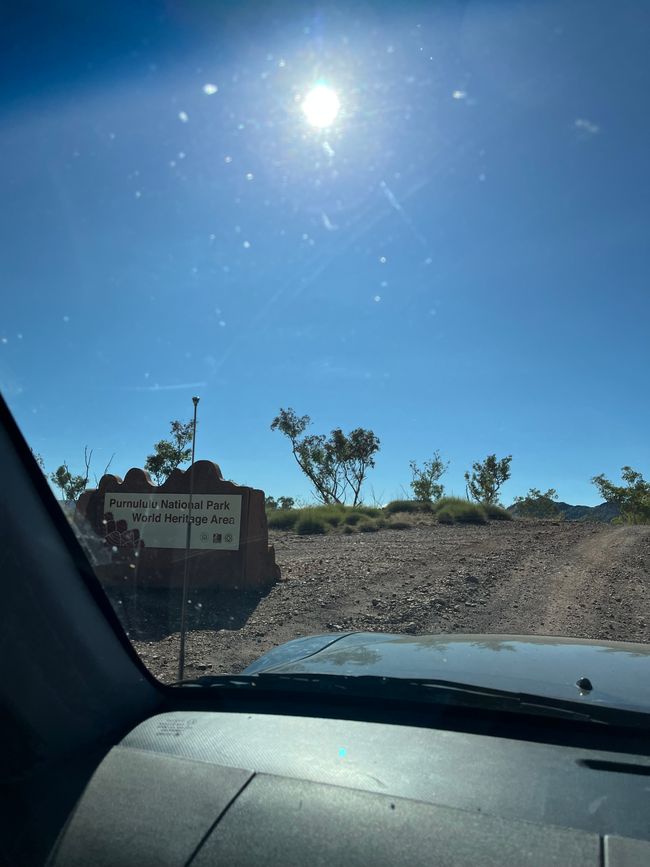
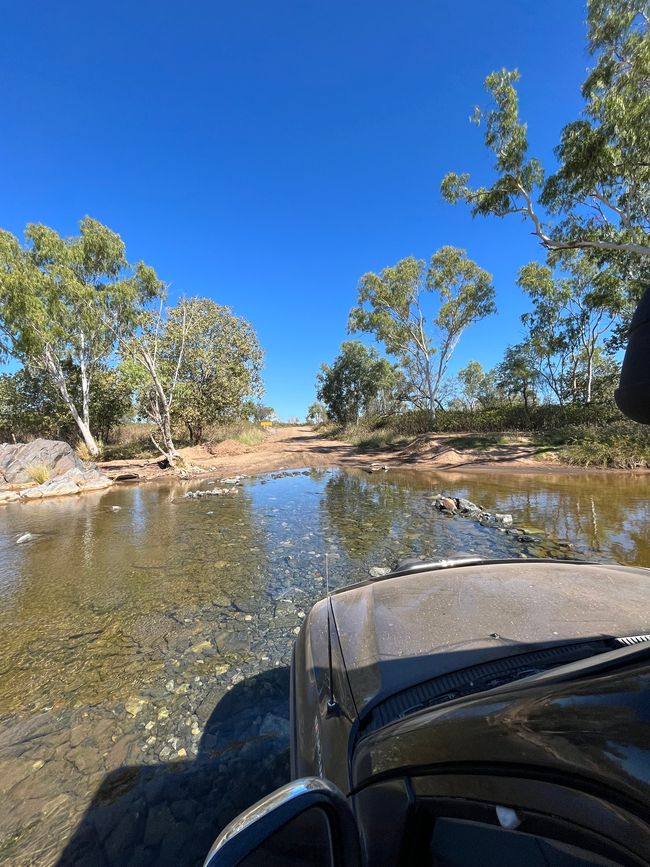
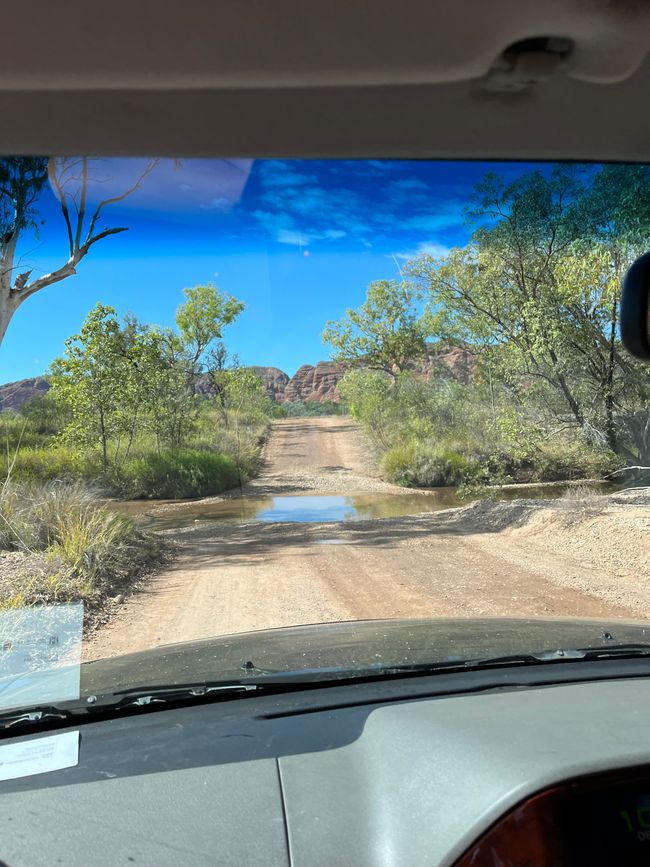
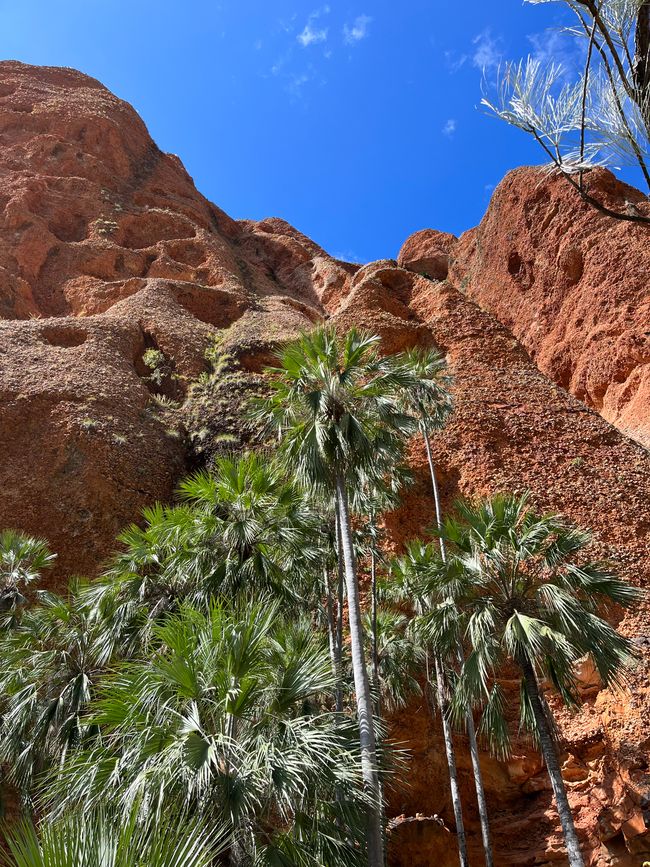
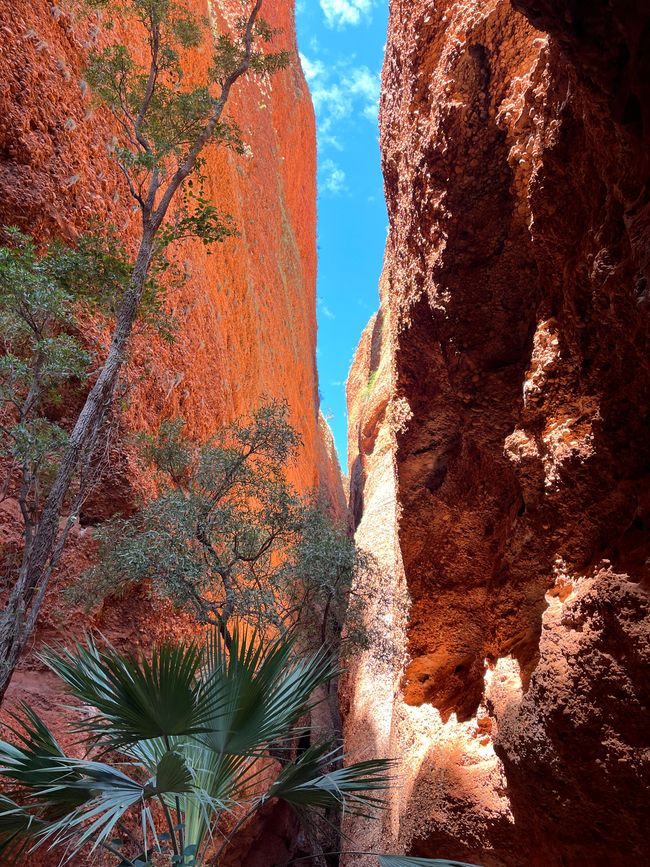
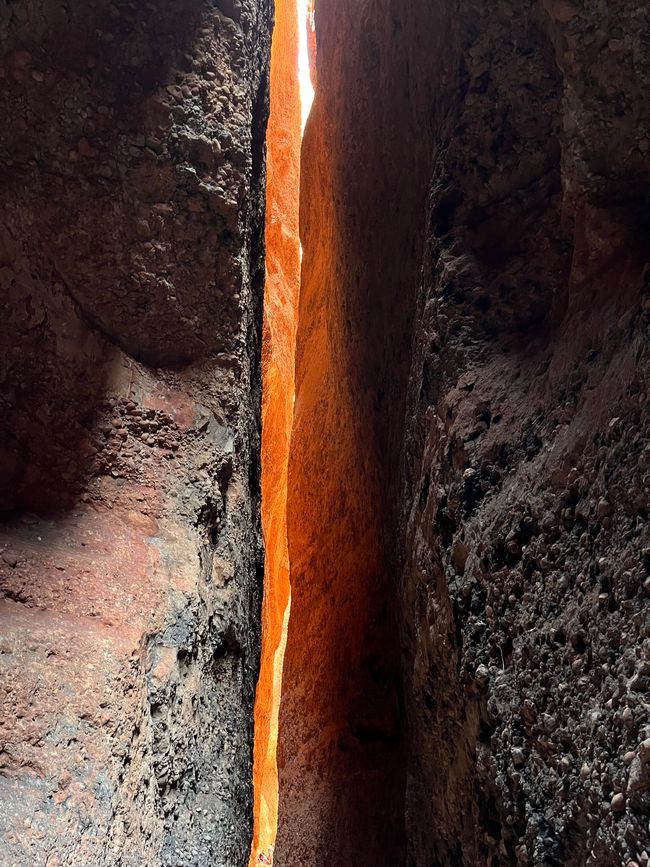
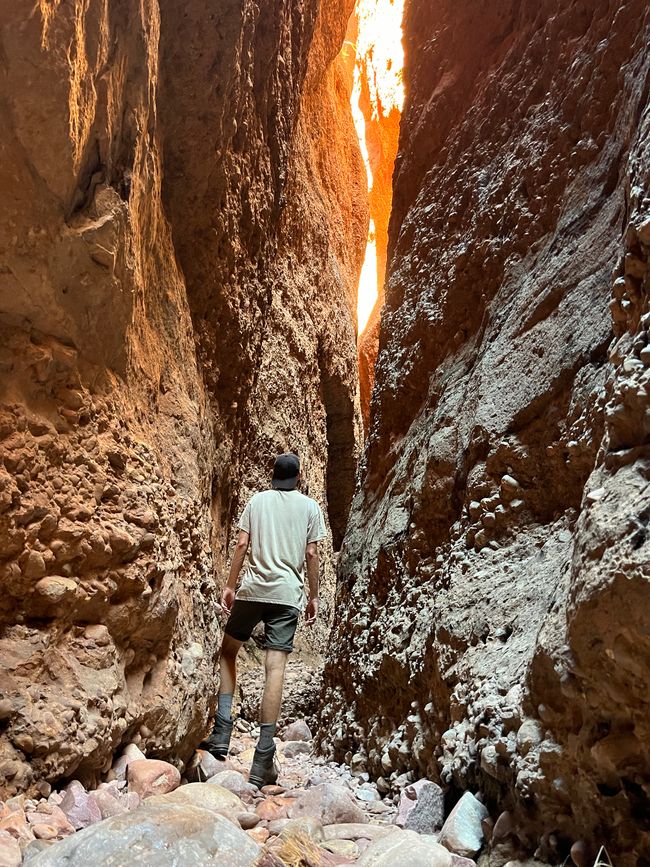
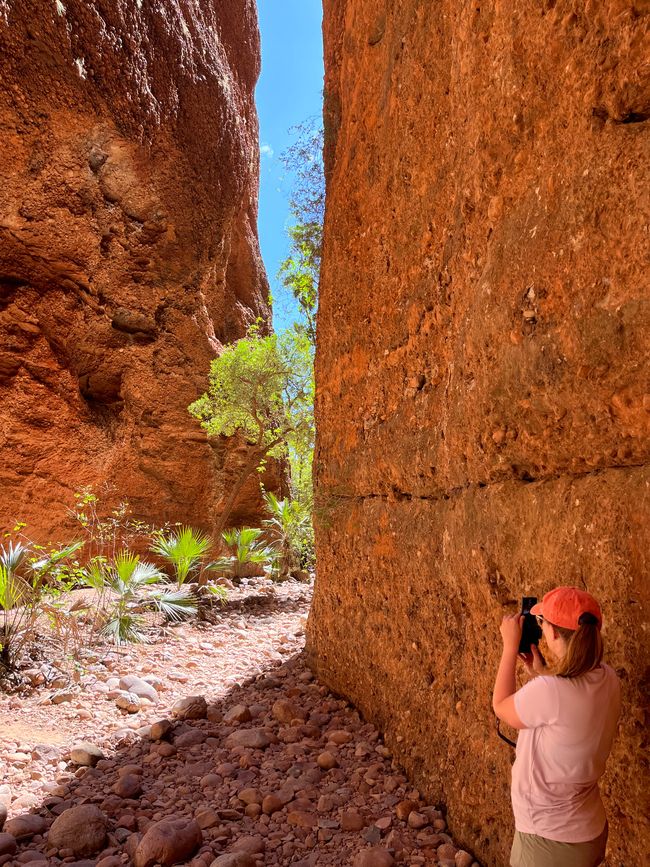
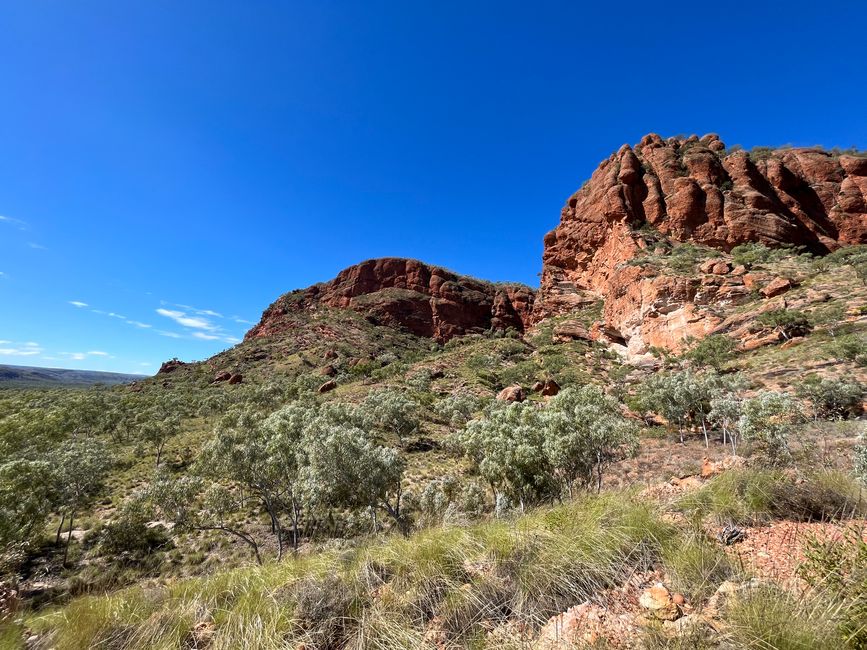
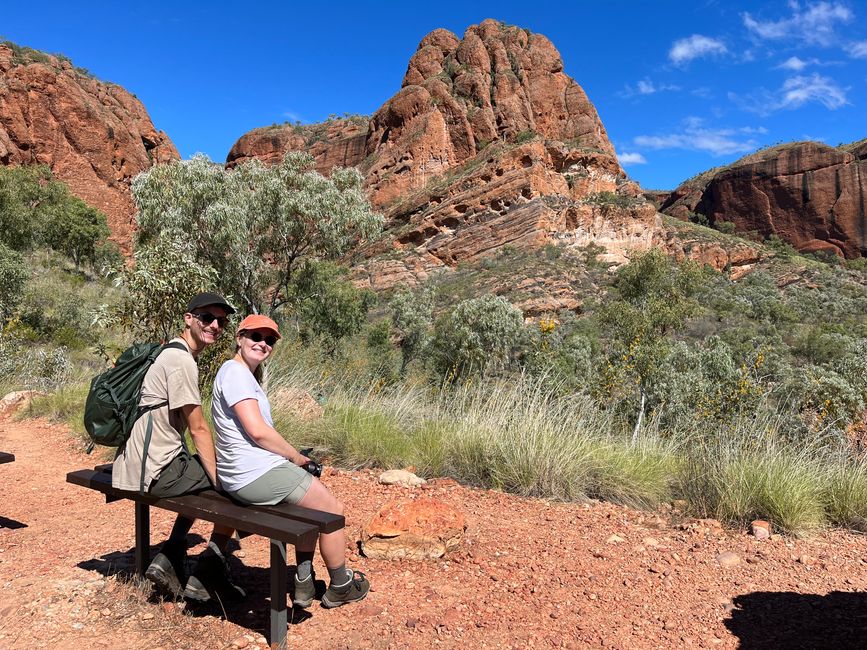
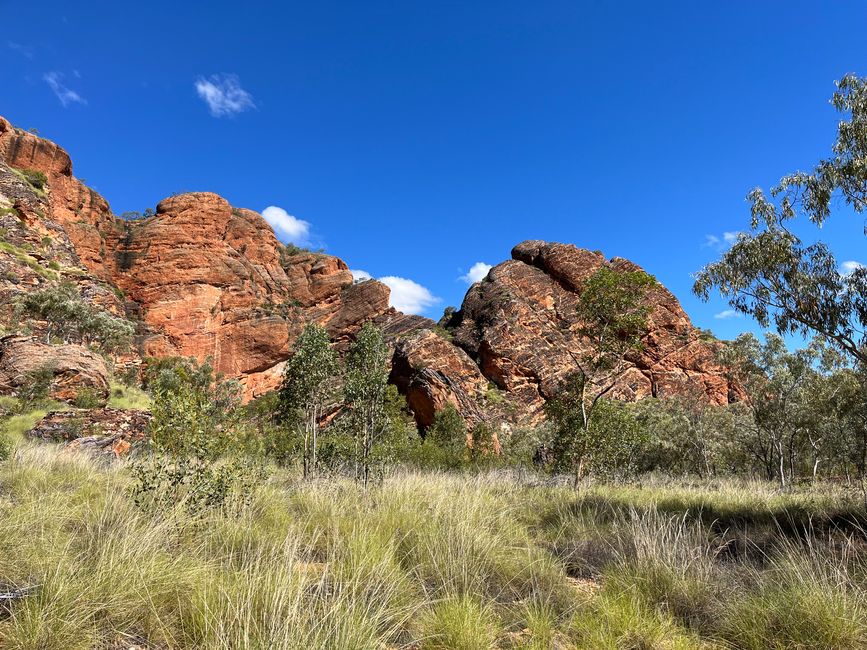
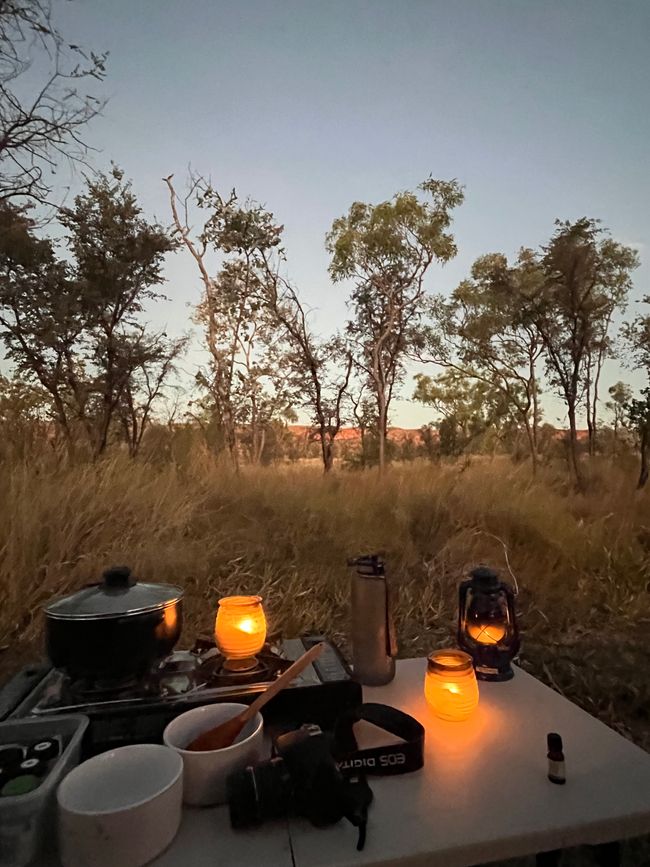
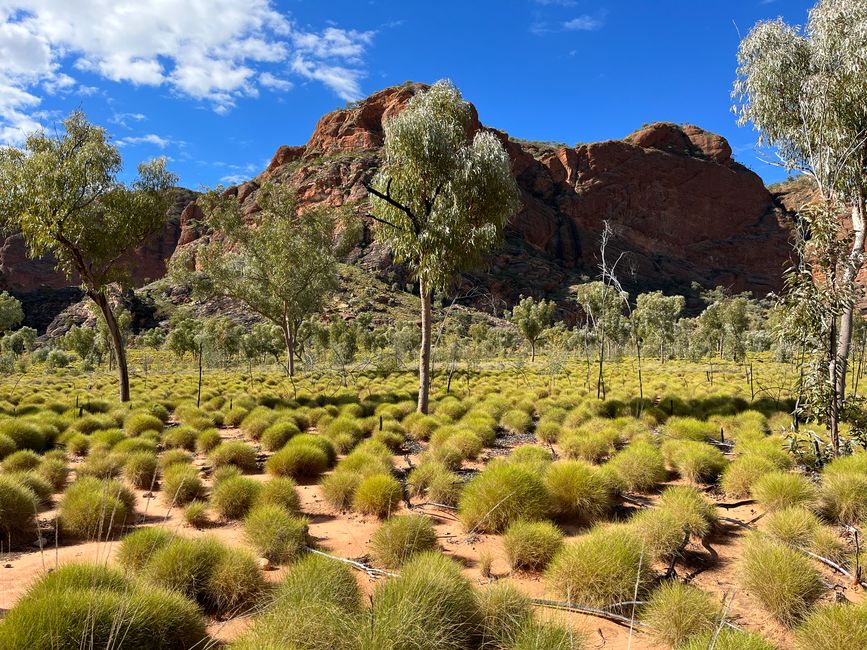
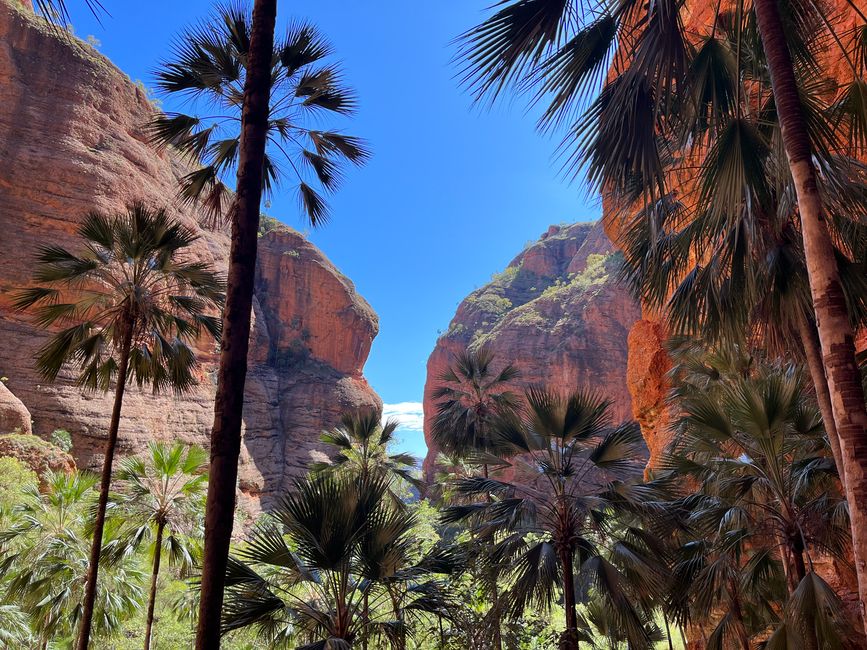
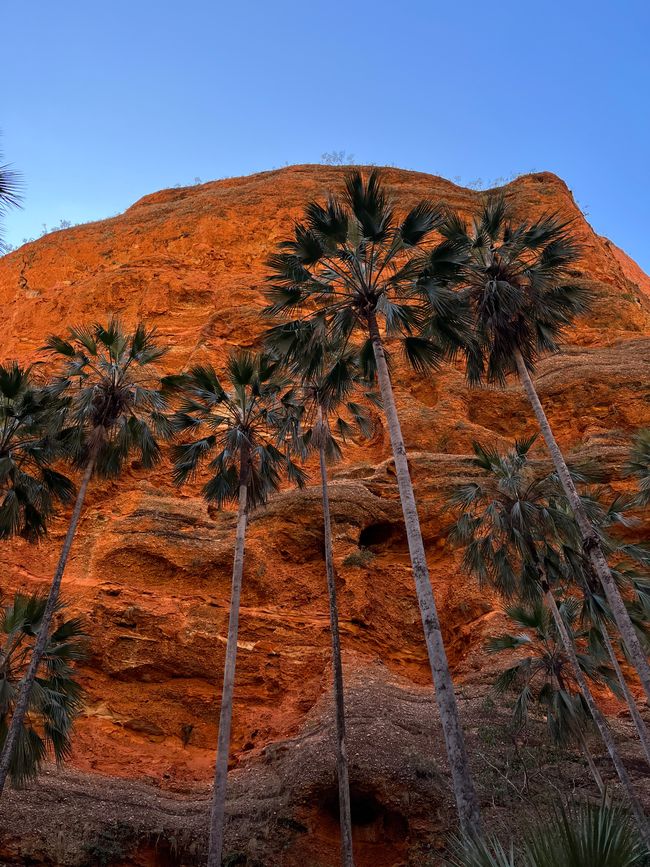
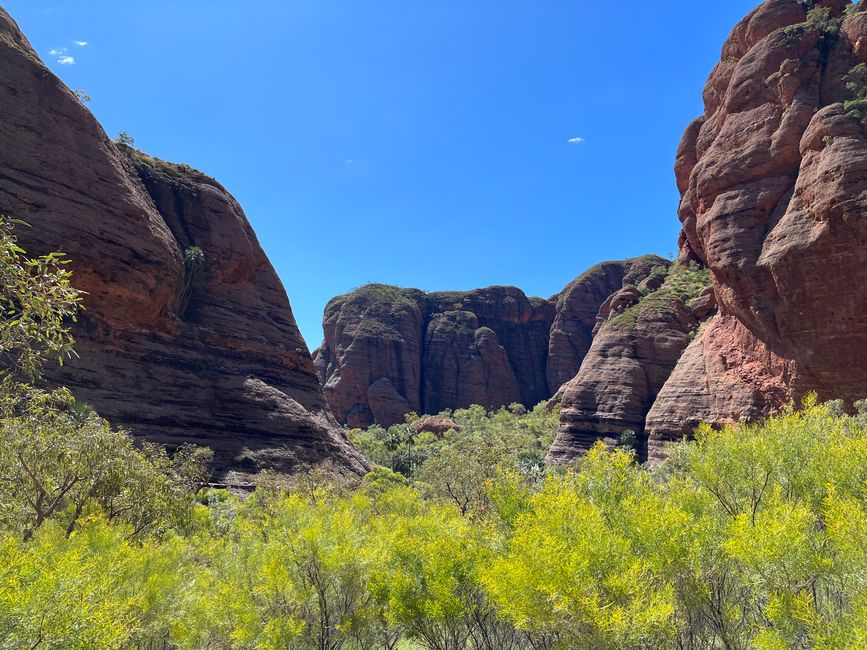
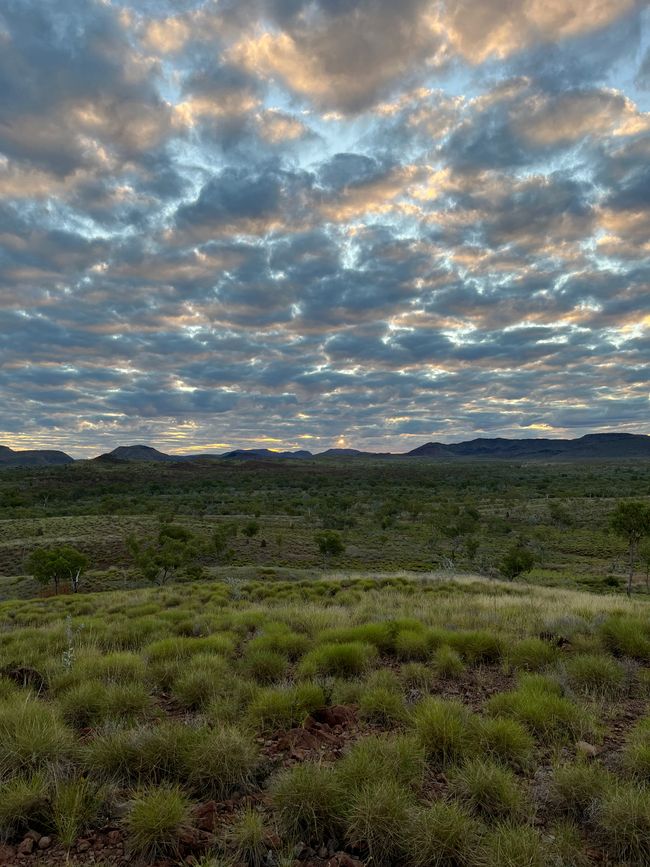
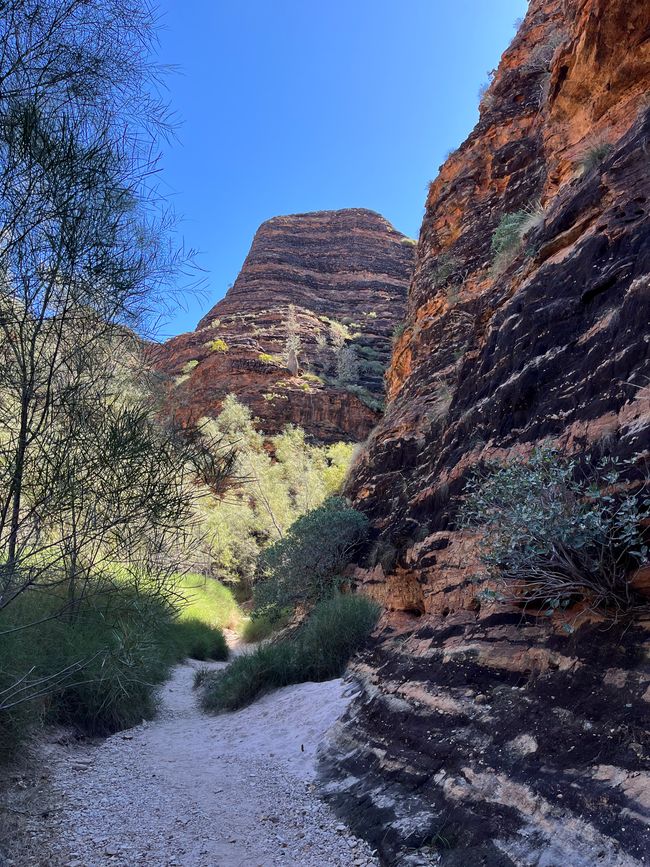
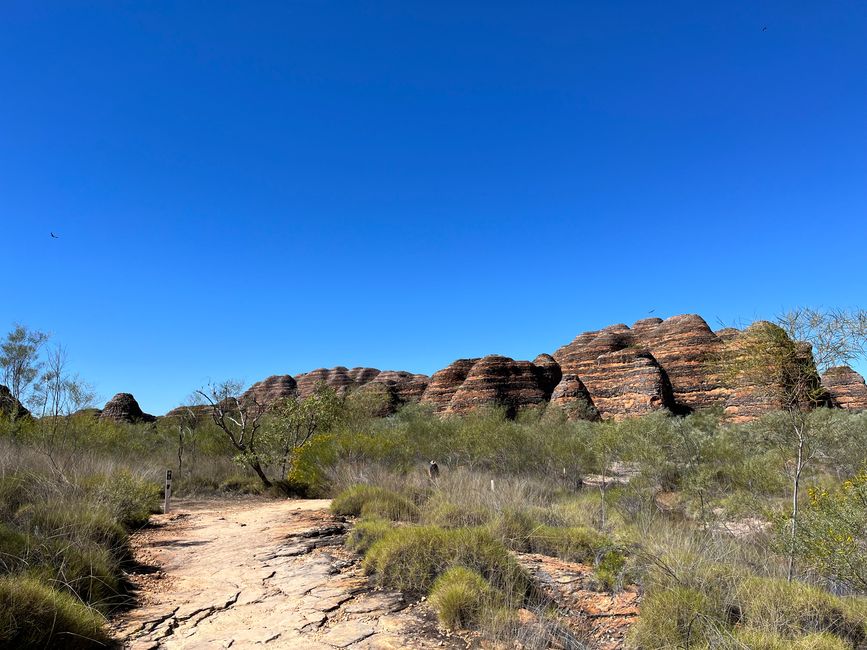
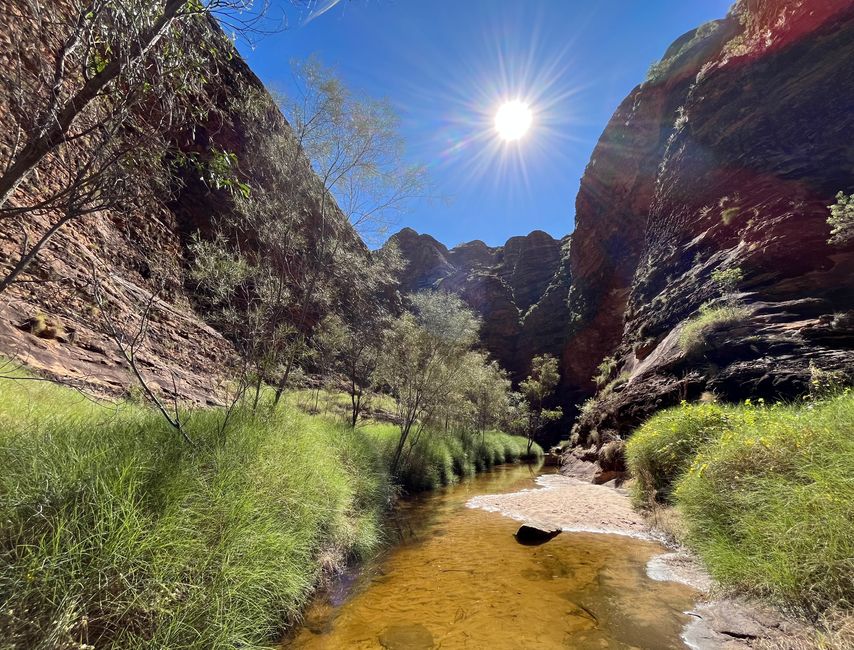
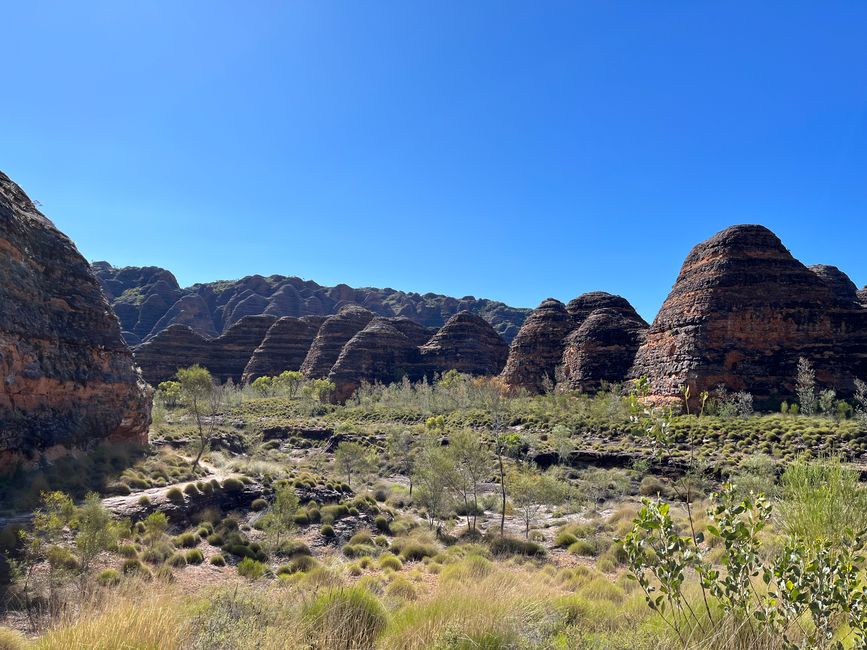
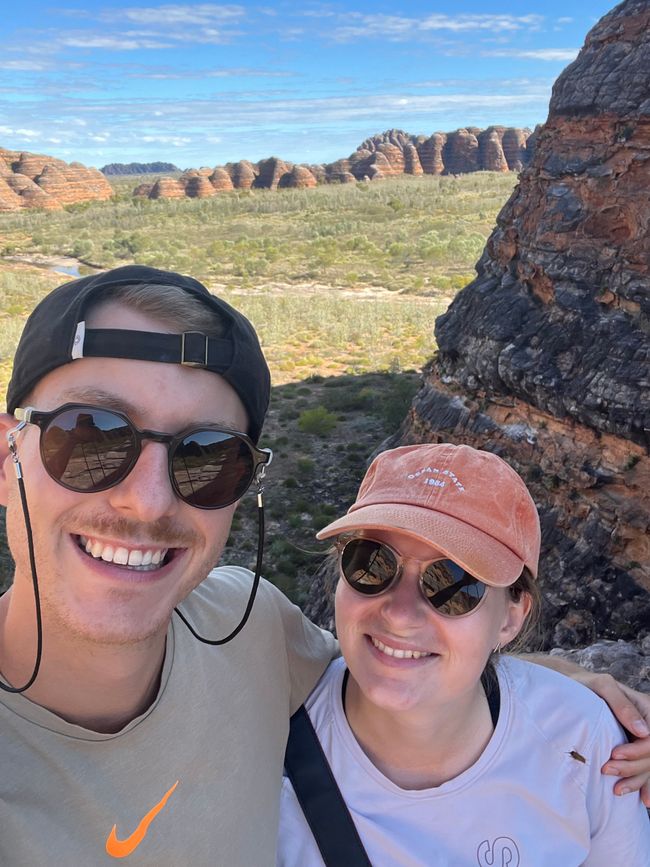
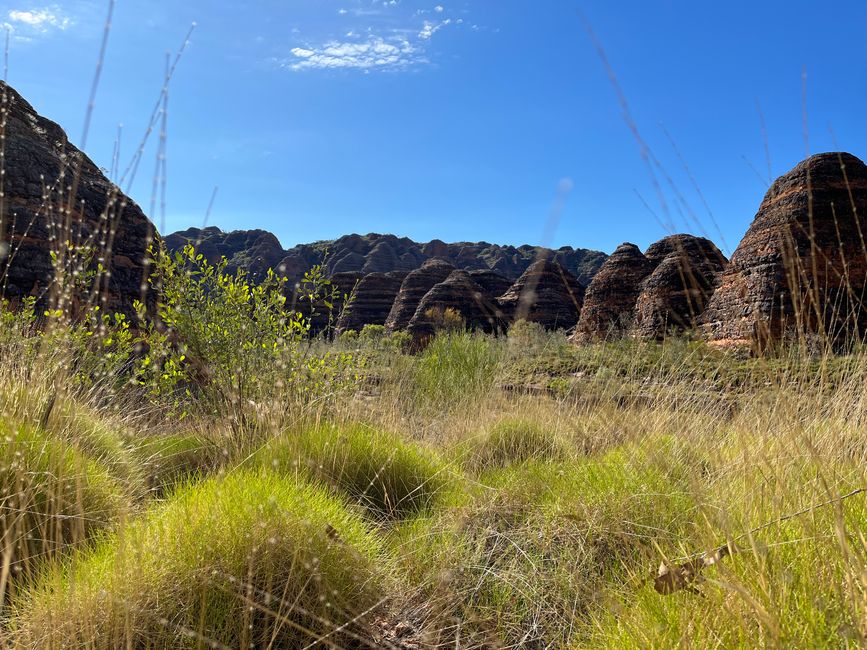
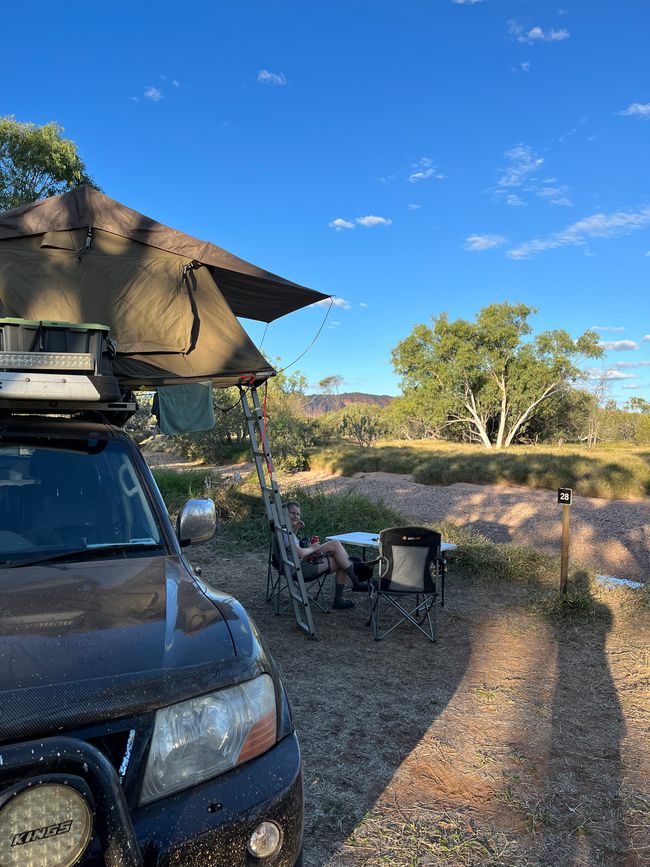
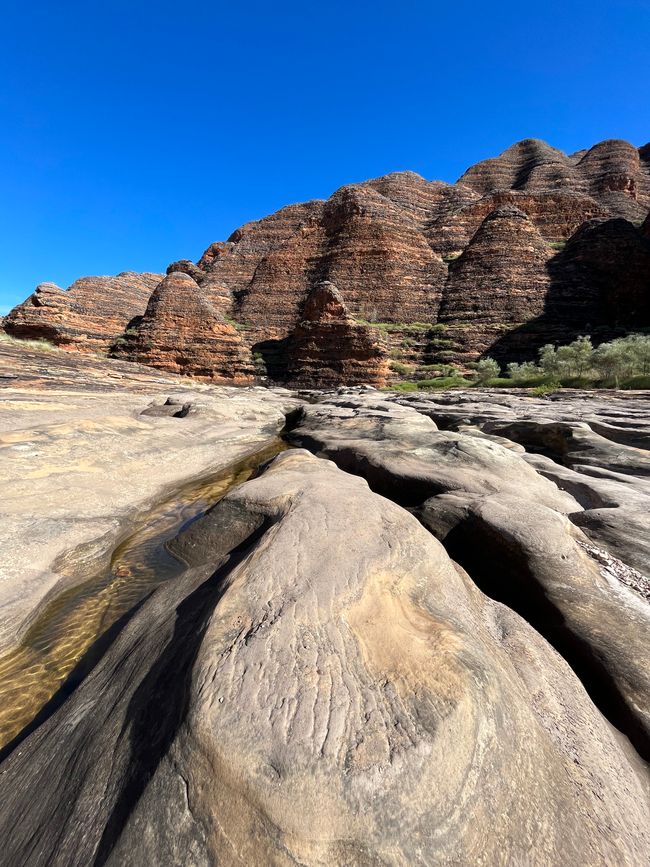
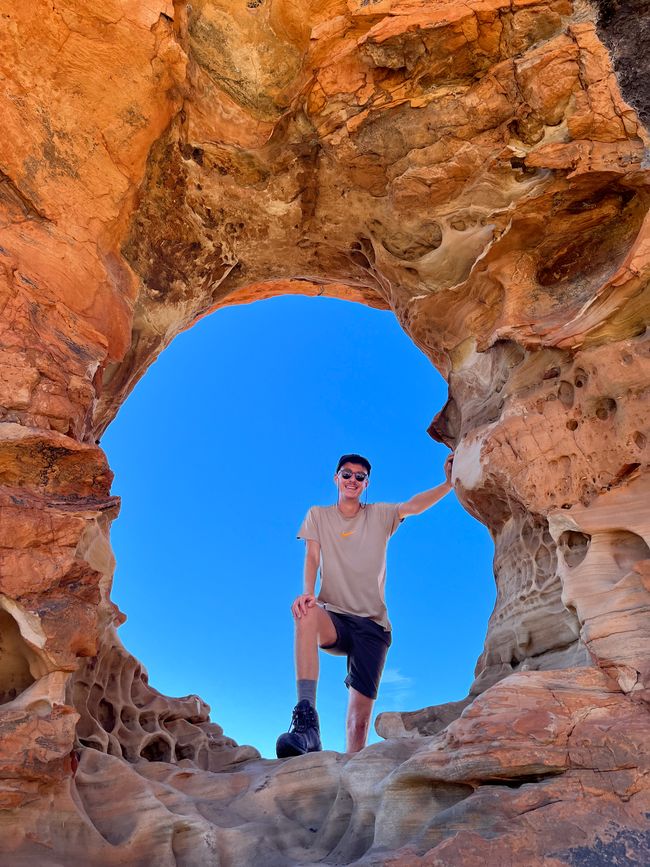
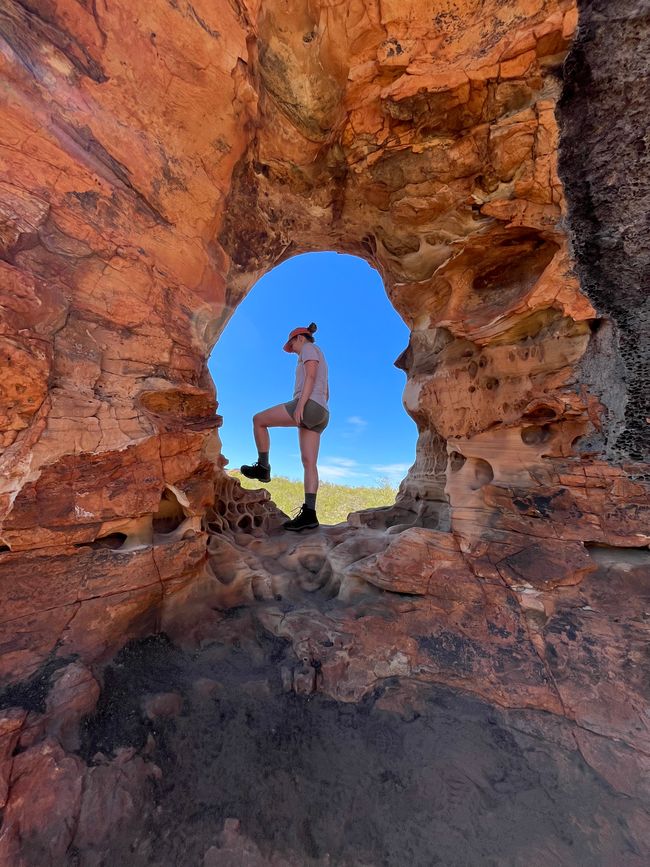
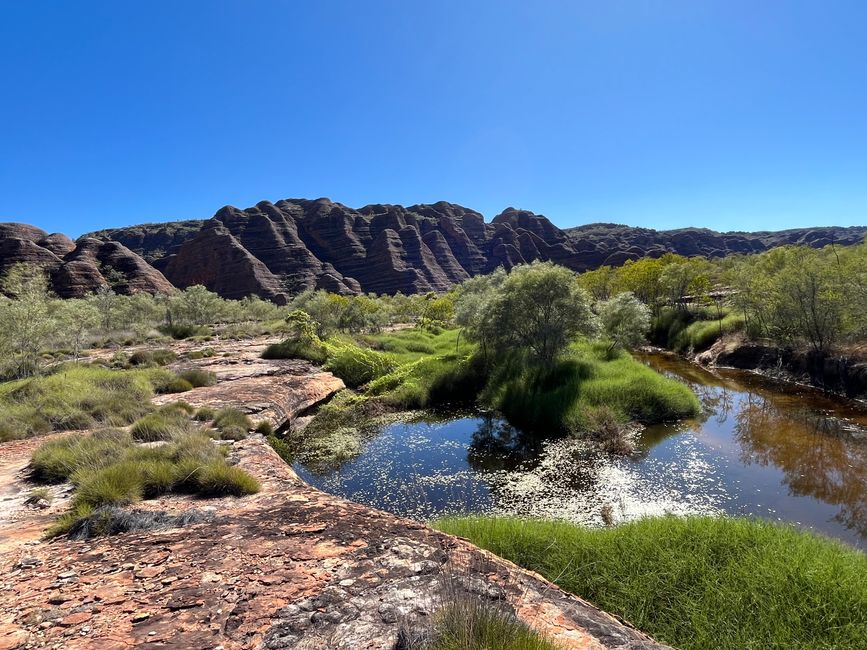
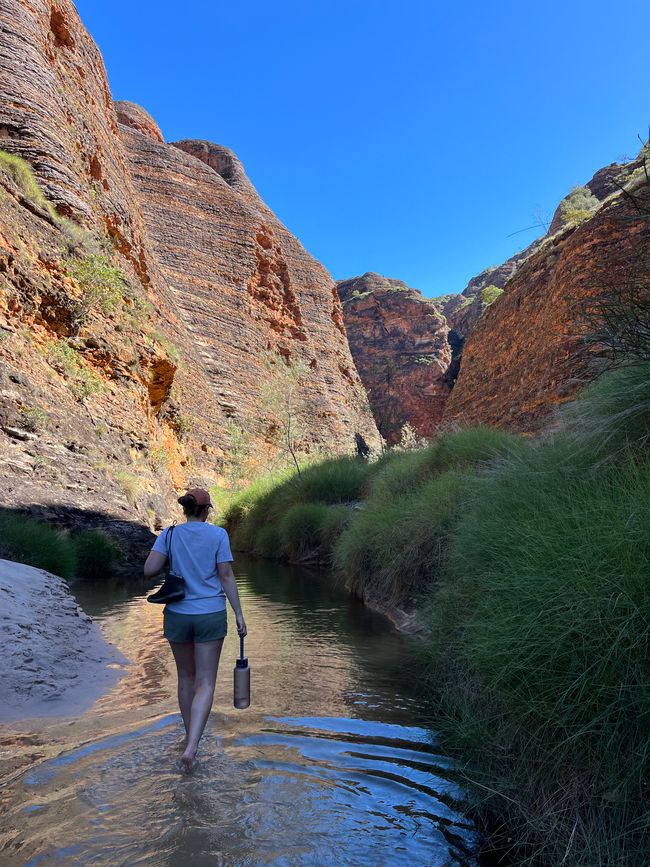
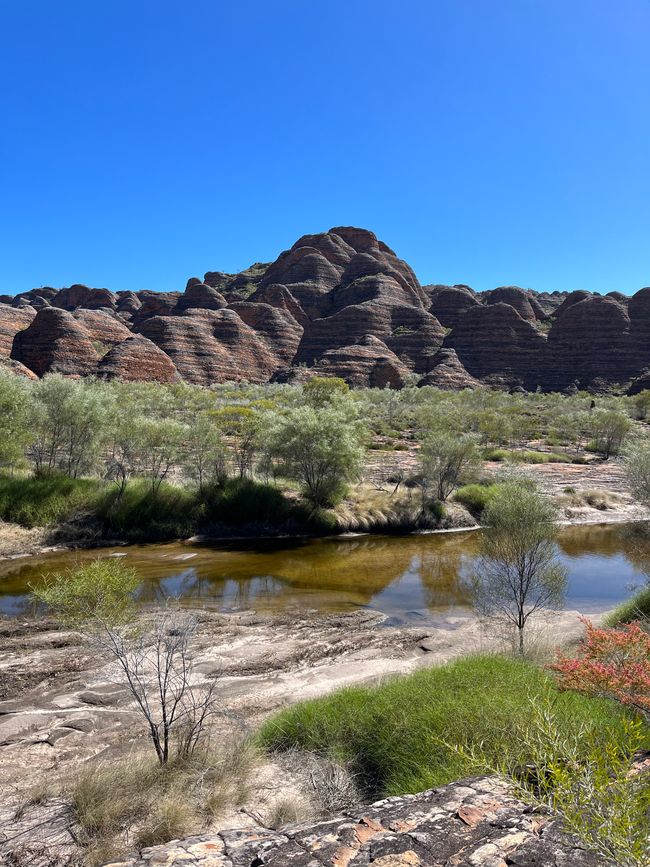
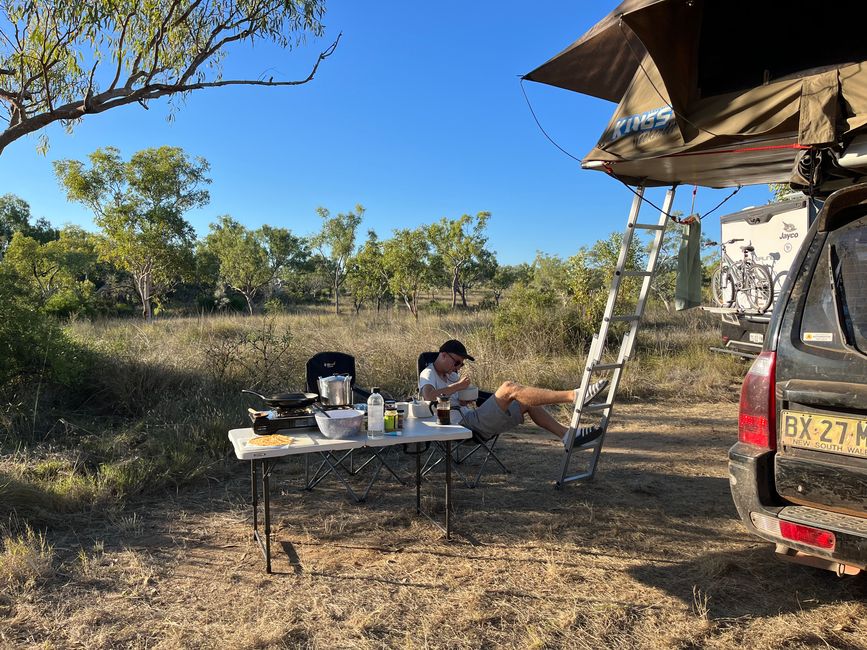
Odoberať novinky
Here it is, the next blog post. Although the text was finished a few weeks ago, the lack of internet coverage made it impossible to upload the pictures. And what would a blog post be without pictures. But here it is now, with text and pictures.
I ended the last blog entry by telling you that we made a short shopping stop in Katherine before heading towards Western Australia. I did that for a reason, because the shopping was supposed to play a crucial role when crossing the border. As always before longer stays in national parks, we buy groceries for about a week. This time was no different, one kilo of apples, one kilo of potatoes, a large eggplant, a zucchini, a pak choi, a bell pepper, a large net of onions, a sweet potato, and much more were in the fridge or in the trunk of our car after the supermarket visit - so far so good. After about five hours of driving, we were about to reach the border when a sign on the side of the road caught our attention. It said: "Quarantine Checkpoint - Entry of Livestock, Plant Materials, Fruit, Vegetables, Soil and Honey is restricted." Now, I already knew from the border crossing from New South Wales to Queensland that the import of certain foods could be a problem. However, back then we were not checked, which is why we said to ourselves that we would probably just pass the border this time as well. No way, when we arrived at the border, every single car was checked. And well, when we showed the border officer our trunk and the fridge, she wasn't very sympathetic. At least she gave us two options. Either we should throw all the prohibited food into the nearby trash can or consume or cook everything. Now, it's not that easy to consume kilos of fruits and vegetables in a short amount of time, so we decided to reverse for about 50 meters and head to an adjacent parking lot to start a little cooking session. There we met another German backpacker who had suffered the same fate. So we cooked a lot of delicious dishes in just a few hours. Eggplant and tomato sauce, apple compote, Asian stir-fry, balsamic onions, we had it all. Since the cooking session lasted until late evening, we decided to spend the night at the rest area in front of the border and try again the next morning. And lo and behold, we were allowed to cross. However, there was a downside, we had to leave our delicious honey at the border. A kilo was a bit too much to consume in such a short time. But at least we could continue our journey.
After another three hours of driving, we finally arrived at our destination or rather at the entrance, to be precise. To start the next adventure with fresh energy, we spent another night in a very idyllic location at a rest area on the highway, right across from the entrance to Purnululu National Park. The entrance to the park spans 50 kilometers and is characterized by lots of red sand, boulders, waterholes, and rivers. According to official information, it should take about two to three hours to drive. So once again, we deflated our tires and hit the (gravel) road early in the morning. And what can I say, it was wild. We hadn't even traveled ten kilometers when we faced a wide riverbed. Officially, we can drive through waters up to a maximum height of 60 centimeters with our car. However, we had great respect for the river, as Purnululu National Park had been closed for almost a week due to heavy rains and had only reopened two days before. We cautiously made our way into and through the water, drove over smaller and larger rocks, and after a few minutes, we had completed our first river crossing. During the rest of the drive, we passed through other deeper but not as wide water spots, which had no dramatic consequences for us or the car. After nearly three hours, we finally reached the entrance to a true natural spectacle. Purnululu National Park, also known as the Bungle Bungles, is one of the most beautiful landscapes in Western Australia and is a whopping 260 million years old. The centerpiece of the national park is the Bungle Bungle Range, which consists of beehive-shaped sandstone formations that can reach up to 250 meters in height. The color of the hills is distinctive and unique worldwide. Bacteria cause the top layer of rock to turn black, giving the sandstone its unique striped color.
The park is divided into two sections, each of which offers a campground and various hiking opportunities. The northern part is characterized by narrow gorges and steep orange-colored rock walls, while the south showcases the beautiful striped sandstone domes. We spent two days in each section. And what can I say, even weeks after our trip to the Bungle Bungles, I am still extremely impressed. It's one of those days where pictures speak louder than words. Enjoy!
Odoberať novinky
Odpoveď
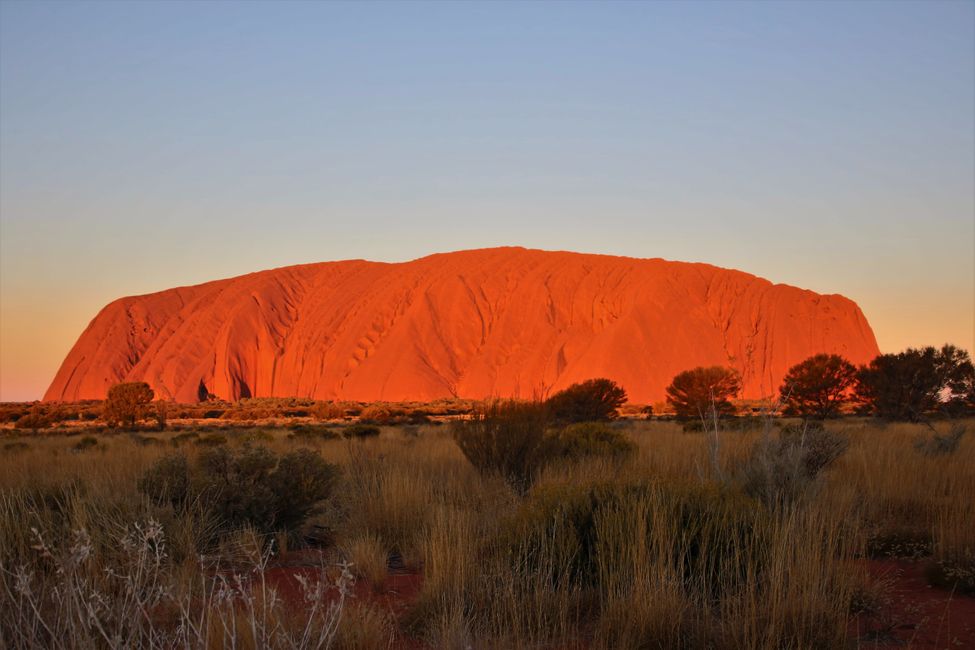
Cestovné prehľady Austrália
